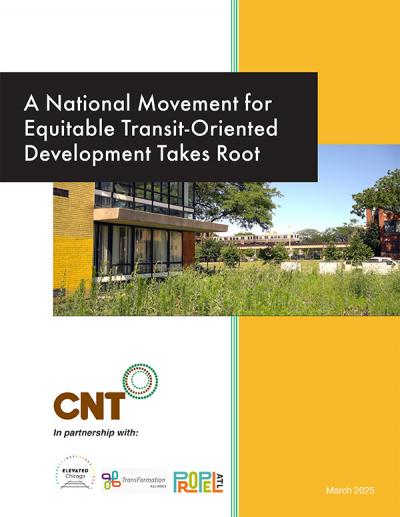From flood-proofing homes to promoting lower-carbon transit options to making freight movement greener, our work provides tangible climate strategies that save people money. These solutions also offer opportunities to help grow local economies while reducing climate change impacts.
Transportation
In 2023, U.S. gasoline and diesel fuel accounted for about 31% of total U.S. energy-related carbon dioxide (CO2) emissions, or 1,489 million metric tons, per U.S. Energy Information Agency estimates.‘What got us here, won't get us there:’ we can't simply replace all gas- and diesel-powered vehicles but must devise new and better transportation systems.
For example, we need to think of public transportation as a climate solution. Our 2021 report highlighted pre-pandemic data showing public transit in the U.S. saved 63 million metric tons of carbon dioxide equivalent emissions in 2018.
We also need to think about access to electric vehicle infrastructure. Through the STELLAR project, we’re working to convene local community-based organizations in Chicago on the first of a multi-phase project to create community electrification plans.
Policy changes and regulation are crucial to address the legacy of dense truck traffic in communities historically burdened with polluting activities. We recently partnered with Little Village Environmental Justice Organization and others to document the problem with our Chicago Truck Count data map.
Housing
In Evanston, Illinois, we’re working with Elevate Energy to create a one-stop subsidized home upgrade program that’s targeted to historically underinvested communities. Improving carbon capture from buildings is essential. The Evanston Green Homes program will provide upgrades, free to owners and residents, to help the city meet its goal of becoming carbon neutral by 2050 while reducing risks of gentrification and displacement.
Sustainable Economic Development
EcoDistricts use a district scale to achieve greater impact. They link energy, transportation, water, and land use in an integrated, efficient resource system. In 2015, as we looked to create equitable, resilient communities, we found that energy, water, transportation, and waste must be addressed as systems, rather than on a purely building-by-building basis. District-scale innovation emerged as an approach to achieve this goal.





 Strengthening Transit Through Community Partnerships
Strengthening Transit Through Community Partnerships